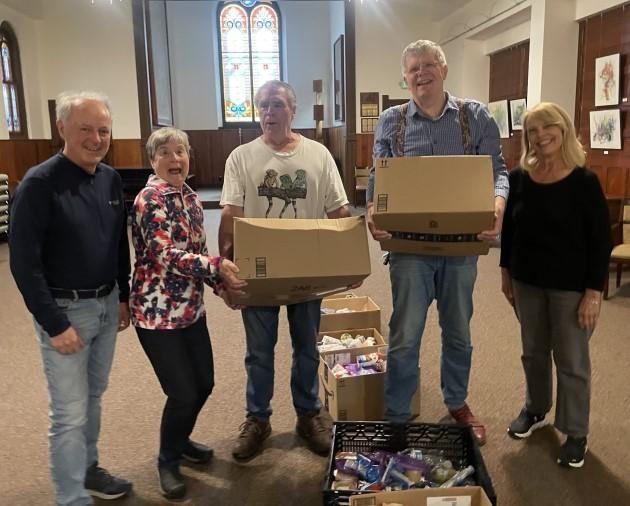First organized in October of 1890, the congregation of St. James was Oregon’s first English-speaking Lutheran faith community. Members authorized the acquisition of the present property at SW Park Avenue & SW Jefferson Street and funded construction of a temporary wood frame chapel and affiliated with the General Council of the Evangelical Lutheran Church in North America. Later in the following year, a brick parsonage was built on the Park Avenue side, and a brick chapel on the Jefferson Street side, according to a master plan which would later fill the entire property.
Construction of the two structures placed the congregation in debt; a wood frame building was moved into the empty corner site, and the parsonage was rented out to a non-Lutheran clergyman. Sunday School classes, “Ladies Circles” (as they were called at that time), a “Men’s Brotherhood” group, and other fellowship, mission and outreach activities broadened the membership through the difficult financial years of the 1890’s.
During 1907 and 1908 the main sanctuary was finally constructed and dedicated. By 1910, St. James was able to participate with others in the founding of Pacific Lutheran Theological Seminary and housed its operations for more than a decade. As membership grew, innovative approaches to ministry were developed, including radio broadcasts of worship services, active intra-Lutheran and ecumenical cooperation, mission trips and financial support of new suburban congregations.
The original parsonage was demolished in the mid-1950’s, and a new education and staff office wing was constructed in its place. Campus ministry offices for the Lutheran chaplain of Portland State University were located there for some years.
The last quarter of the 20th century was a period of program growth and high community visibility for the congregation. The congregation and its pastors were deeply involved in community social issues. A Child Development Center was created – Portland’s first downtown daycare. The offices of Portland’s mayor were temporarily housed in the education wing during the renovation of City Hall. A Foot Care Ministry was organized. Considerable repair and reconstruction of the historic church building was undertaken. A low-income housing tower, the St. James Apartments, constructed with a combination of congregational funds, public monies and tax credits, was built to replace the underutilized parking lot at the west end of the property.
The Sanctuary and Pioneer Chapel were placed on the National Register of Historic Sites in 1975 in public recognition of their architectural merit and of the deep contributions made by St. James congregation to the character of life in the Pacific Northwest.







